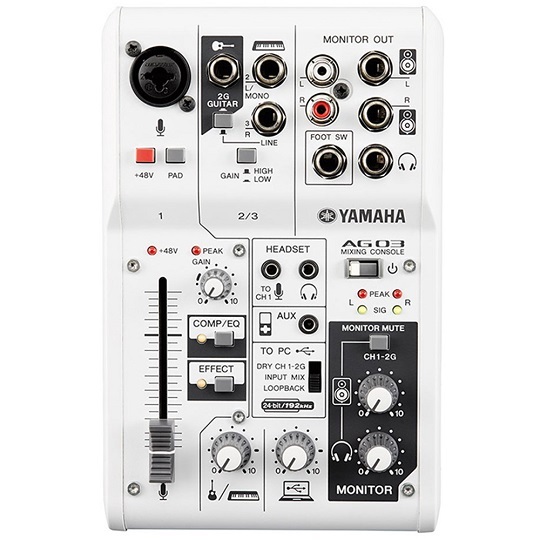
#MAC EQUALIZER FOR USB INTERFACES PORTABLE#
The growing ubiquity of portable music players saw headphones using the 3.5 mm headphone jack included with Sony’s Discman, Nintendo’s GameBoy, and Apple’s iconic iPod. It first emerged in consumer devices in the 1960s when Sony used it in their portable transistor radio (the EFM-117J), and finally reached mainstream commercialization in 1979 thanks to Sony's legendary Walkman. The 3.5 mm headphone jack was developed in the 1950s as a miniature version of the even older 6.35 mm jack used in analog telephone switchboards. Join us as we explore how audio interfaces have evolved to where they are today, and why the USB Type-C standard is poised to become the next big thing in audio innovation. Meanwhile, an arguably superior audio protocol and connector is gaining traction among manufacturers and consumers alike. Having been in use since the 1950s, the 3.5 mm headphone jack has become practically universal across devices and manufacturers, leaving many reluctant to abandon what they know in favor of a potential successor.

Yet the technology we use to deliver music to our ears is comparatively ancient. The technology to store and play back music has advanced beyond our wildest dreams, moving from the bulky Walkman and skipping Discman to tiny MP3 players and smartphones connected to web streaming services.

However, it’s only in the last couple of decades that we’ve truly been able to take the music we love anywhere we go. It’s an immutable part of the human condition, having filled public and private spaces alike for millennia.


 0 kommentar(er)
0 kommentar(er)
